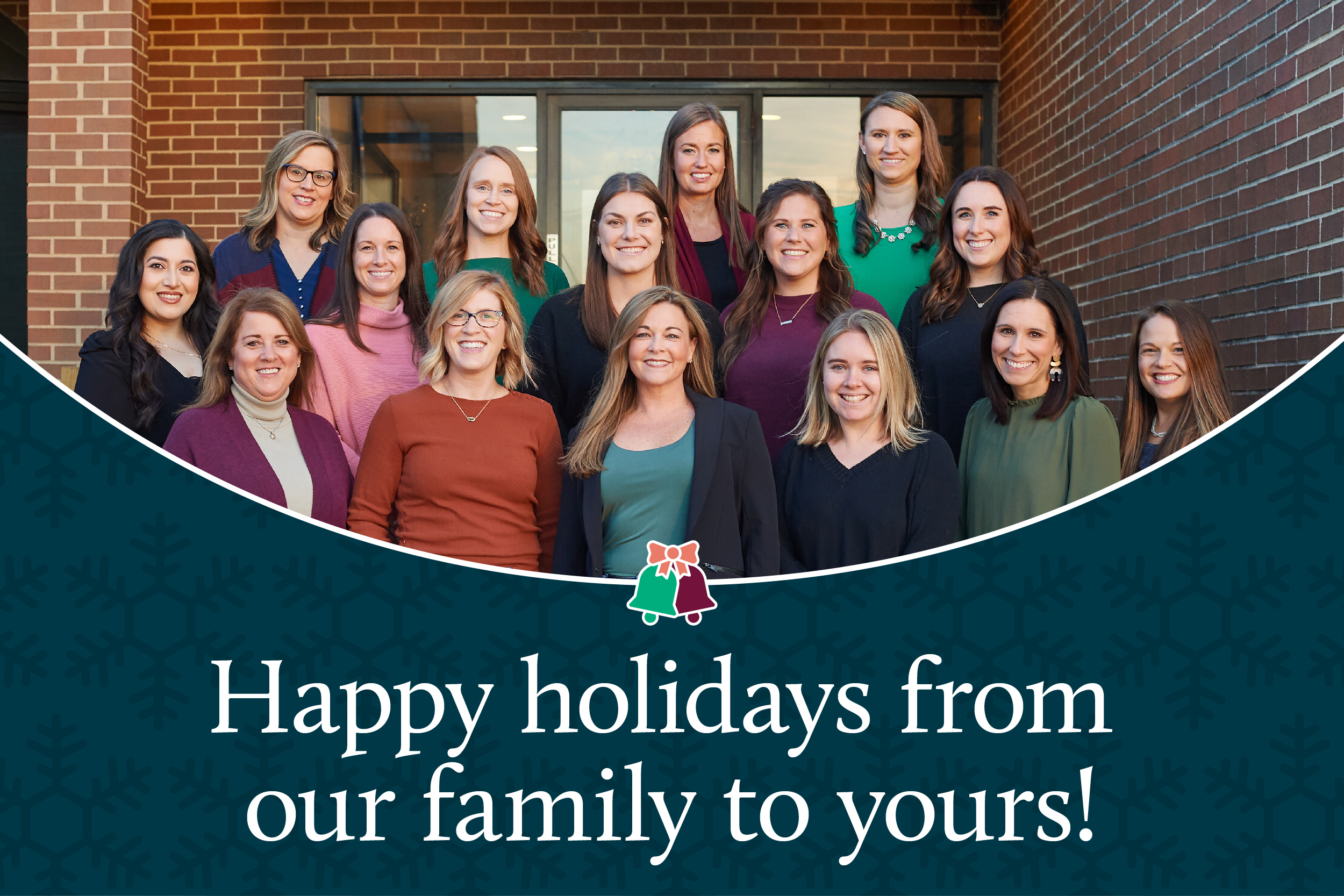Collaboration Is the Key to Success: Building Your Team
Collaborative treatment is crucial to the care of our clients in order to normalize the functions of breathing, speaking, chewing, drinking, and swallowing. This ensures both structure and function are addressed to maximize therapy results. Structures that may require an evaluation by other professionals include the following: jaw, teeth, ears, nose, throat, spine, and both hard and soft tissues. All referrals and recommendations are provided to maximize therapeutic outcomes and sustain the results of therapy over time.
Who Might Our Therapist Recommend for Our Team?
- ENT: An ENT will assess an individual’s airway structure. Assessment may include but is not limited to the nostrils, tonsils, adenoids, throat and ears/hearing. ENTs can help with reducing chronic congestion, management of seasonal allergies, treatment of voice disorders, and implementation of nasal hygiene programs.
- Allergist: An allergist will rule out or diagnose, treat and/or manage allergies negatively affecting breathing, food tolerances, and inflammatory responses. When allergies are controlled, the benefits include improved nasal breathing, oral rest posture, better sleep, an increased ability to safely eat foods to which there have previously been sensitivities to, and reduced skin outbreaks.
- Dental Specialists: Dental specialists include general dentists, pediatric dentists, orthodontists, periodontists, and oral surgeons. Dental specialists works to promote oral health and alignment of the teeth and jaws.
-
- General dentists, or family practitioners, treat patients of all ages. The ADA now recommends the first visit to the dentist occurs when the baby turns one year old to set up good oral health for life.
- Pediatric dentists have advanced training and certification in treating children.
- Orthodontists work with children around the age of 12 years once their adult teeth have erupted, to correct malocclusion and promote beautiful smiles.
- Airway-centric dentists can work with young children to guide oral growth to maximize oral volume, so the mouth can comfortably house not just their teeth, but their tongues as well. Ensuring there is enough space in their mouths for their tongues will promote a stable airway and adequate function.
- There are many dental providers who are trained to treat tethered oral tissues of the tongue, lips, or cheeks (i.e., tongue tie) via lingul frenuloplasty. This procedure frees the restricted oral structures to optimize the range of motion and function during speech, breathing, chewing, and swallowing.
- Oral surgeons are experts in using surgical intervention to treat advanced cases of malocclusion and jaw disorders, to extract teeth, and to remove wisdom teeth, among other procedures. When the jaw is too retracted, it causes restriction of the airway, often relating to obstructive sleep apnea (OSA). Maxillomandibular advancement surgery (MMA) is a procedure performed to bring the jaws forward and open up the airway.
- Periodontists specialize in treatment of the gums and soft tissue of the mouth. Gum disease is related and can be exacerbated by chronic mouth breathing.
- Occupational Therapist: An occupational therapist can assess the sensory system, fine motor skills, cognitive thinking, hand/eye coordination, and activities of daily living and/or core strength, among other things. OT’s are also great at implementing tummy time programs, and can be a critical part of a feeding team, as they can assist with addressing sensory breakdowns limiting a child from eating a variety of foods. When an OT can help your child self-regulate, the progress they can make is endless!
- Physical Therapist: A physical therapist can assess gross motor movements, core strength, overall strength, flexibility, balance, and coordination. Torticollis, plagiocephaly, and postural disorders affecting the airway and breathing are also part of their scope.
- Chiropractor: A chiropractor completes adjustments on the skeletal system and/or muscles to ensure the body is functioning at optimum level. This can help reduce tension in the body and lessen the use of compensations our bodies naturally develop.
How Do I Find an Additional Team Member?
The professionals recommended by our Trestle team are experienced providers who have collaborated successfully with us and who share similar ideologies of holistic and innovative treatment when dealing with orofacial myofunctional disorders. There are many amazing providers, and client’s are welcome to explore other providers and help us grow our amazing referrals.Occupational Therapy
Physical Therapy



